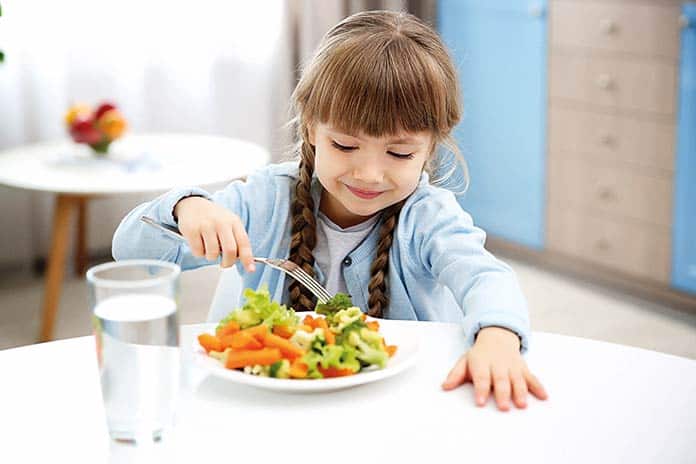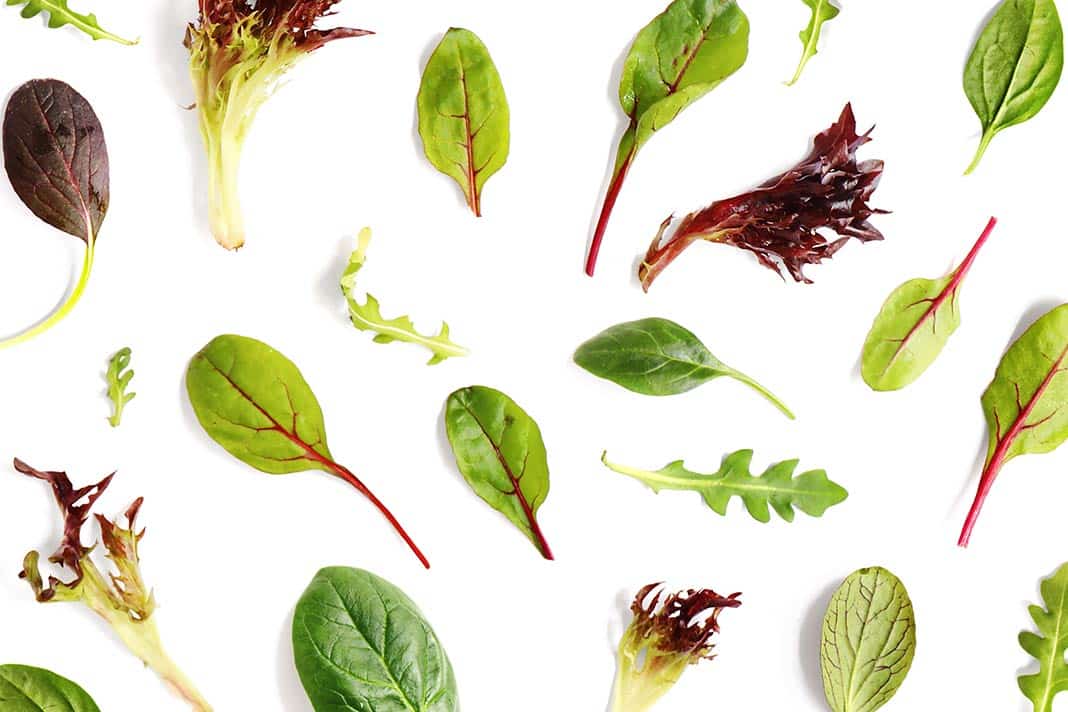If your child won't eat their greens, you need patience - not bribery or subterfuge - to win the war. Here's what you need to know...
Words by Libby Norman
Like the best garden perennials, childhood tantrums over vegetables sprout year on year. But while your mother may have cajoled, entreated or even threatened a life of pasty skin and failure to make the first team unless you polished off that pile of Brussels sprouts, she was on the wrong track. Force-feeding children their five a day is not the way to rear an upstanding member of the salad-eating community. In fact, you risk leading your child off the green and leafy path for life.
1. Zero bribery
That familiar refrain of: “Eat your greens and then you can have some pudding,” may have been part of your childhood but it’s a mixed message you should not pass on to your children, say the experts. Not only is this a big fat bribe, but it’s also using food as a reward – setting up a whole set of dubious associations. Nicola Johnstone, paediatric dietician and spokesperson for the British Dietetic Association (BDA) says that when children are very young rewards (star charts, a favourite toy or trip to the park) work well, but never use sweets, puddings or any other form of edible treat as this may shape their attitude to food. “You want to make eating a good experience,” she says. “So use positive reinforcement even if they only eat a small amount of the food you want them to eat”. By the same token, never threaten to withdraw food as punishment.
2. No cheating
While that cunningly concealed courgette or carrot in Bolognese sauce may tick your own nurturing-parent box, many experts now agree that disguising food is not the best approach to help a child move from picky to balanced diet. It’s hard work for you, as you dream up ever more elaborate schemes to hide the veg, and also risks upsetting your child’s trust in you as honest parent if they discover you have secretly included something they hate. And adding vegetables to cakes may be in vogue (and produce fine results) but it’s an add-on not a substitute for eating greens as nature made them.
3. Green strategies
Presenting vegetables in different ways – chopped smaller or in a different shape can work, so too can adding another flavour such as lemon or even chilli. Cooking vegetables in different ways – or serving them raw – may help if texture is the problem. Patience is essential, as young children may need to be presented with the same ‘dreaded’ food multiple times, especially as many vegetables are naturally slightly bitter. Nicola Johnstone of the BDA suggests you involve children in the preparation as much as you can – for instance, get them tossing a salad or preparing the vegetables. Familiarity is a big part of acceptance, so too is a personal involvement, which is why letting children grow their own often inspires them to have a go at actually eating their greens.
4. On-message mealtimes
Regular mealtime habits are key. Sitting around a table together and sharing the same meal is positive reinforcement in itself, especially if a picky child watches everyone else enjoying the food they declare they hate. It’s important not to draw attention to what your child is not eating, and that also means ignoring bad behaviour. This approach can pay off once children get to school: “We do find that toddlers sometimes do better when they get to school because it’s a structured environment and they want to fit in with their peer group,” Johnstone says. |
5. The long game
Some children may go for years avoiding certain vegetables, and usually there are substitutes they will eat, so play the long game. Children are also capable of being as specific in their tastes as adults – and may not shift over time. But who knows, that vegetable-phobic child may one day declare – like Barack Obama – that broccoli is their all-time favourite food.






COMMENTS ARE OFF THIS POST